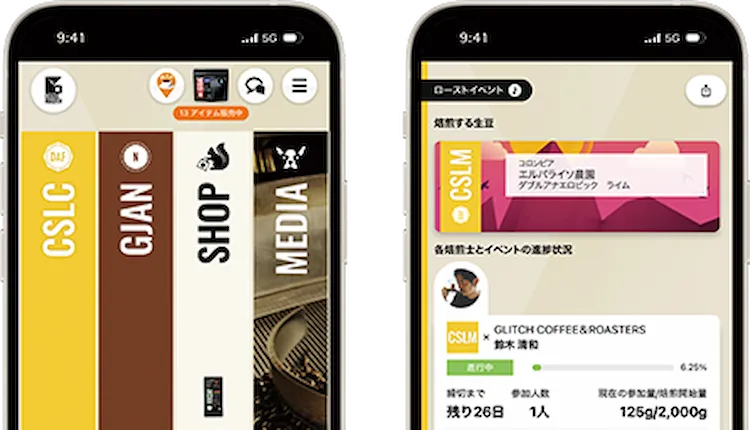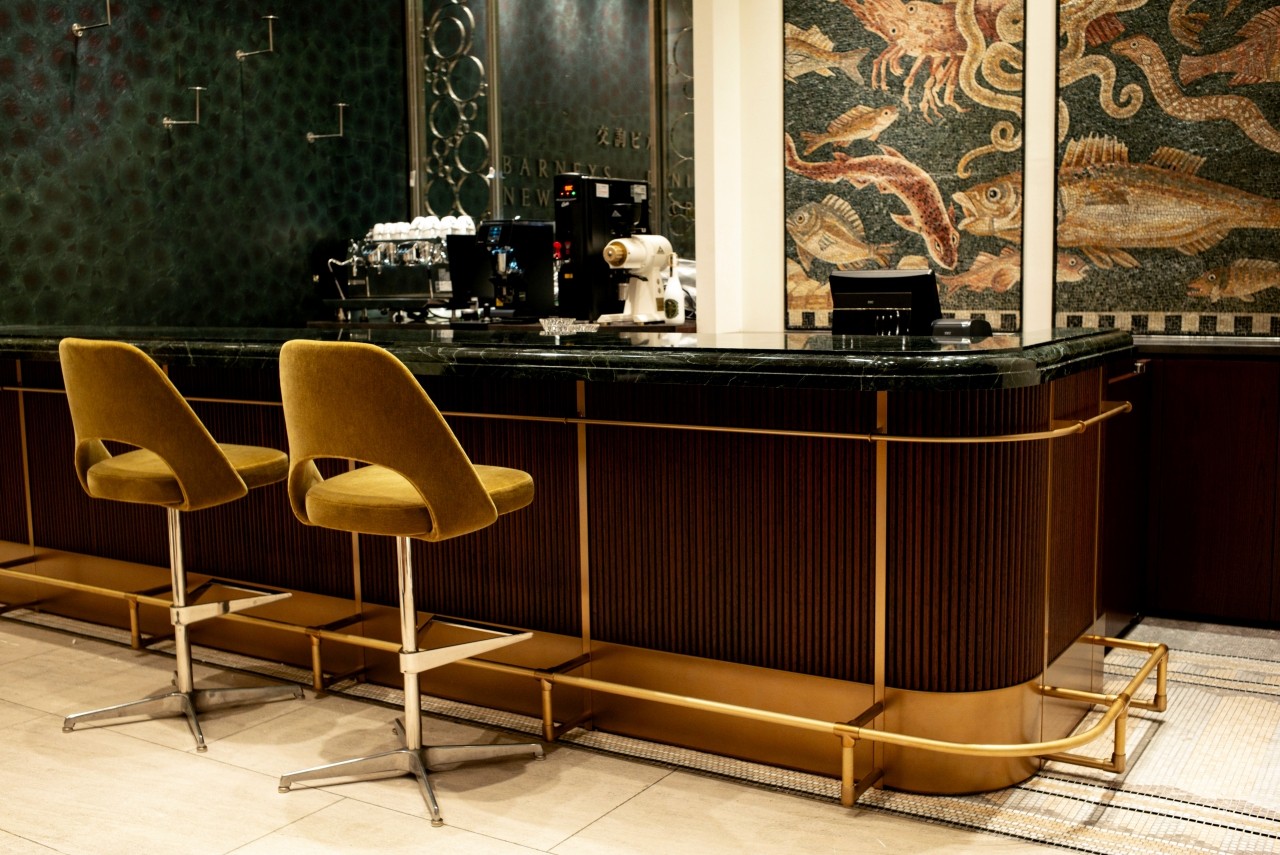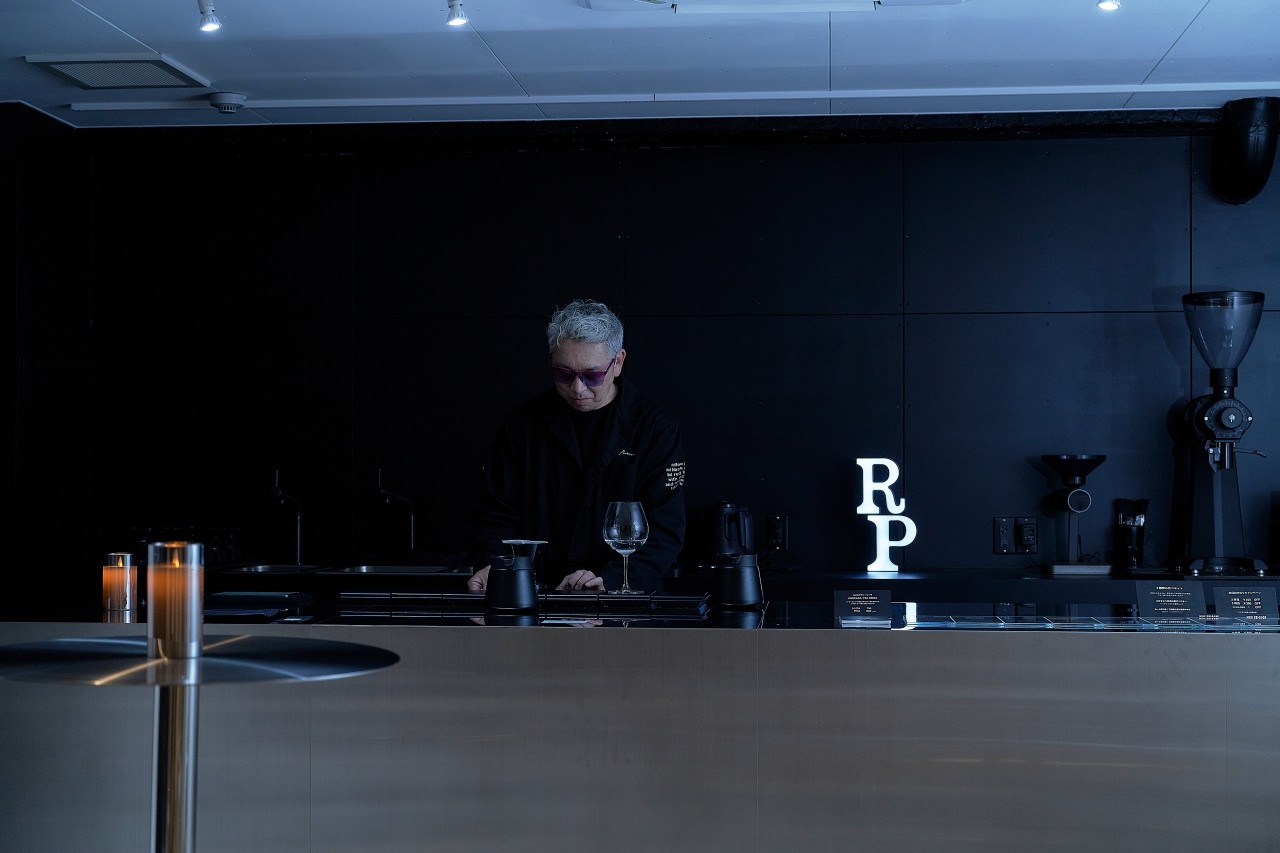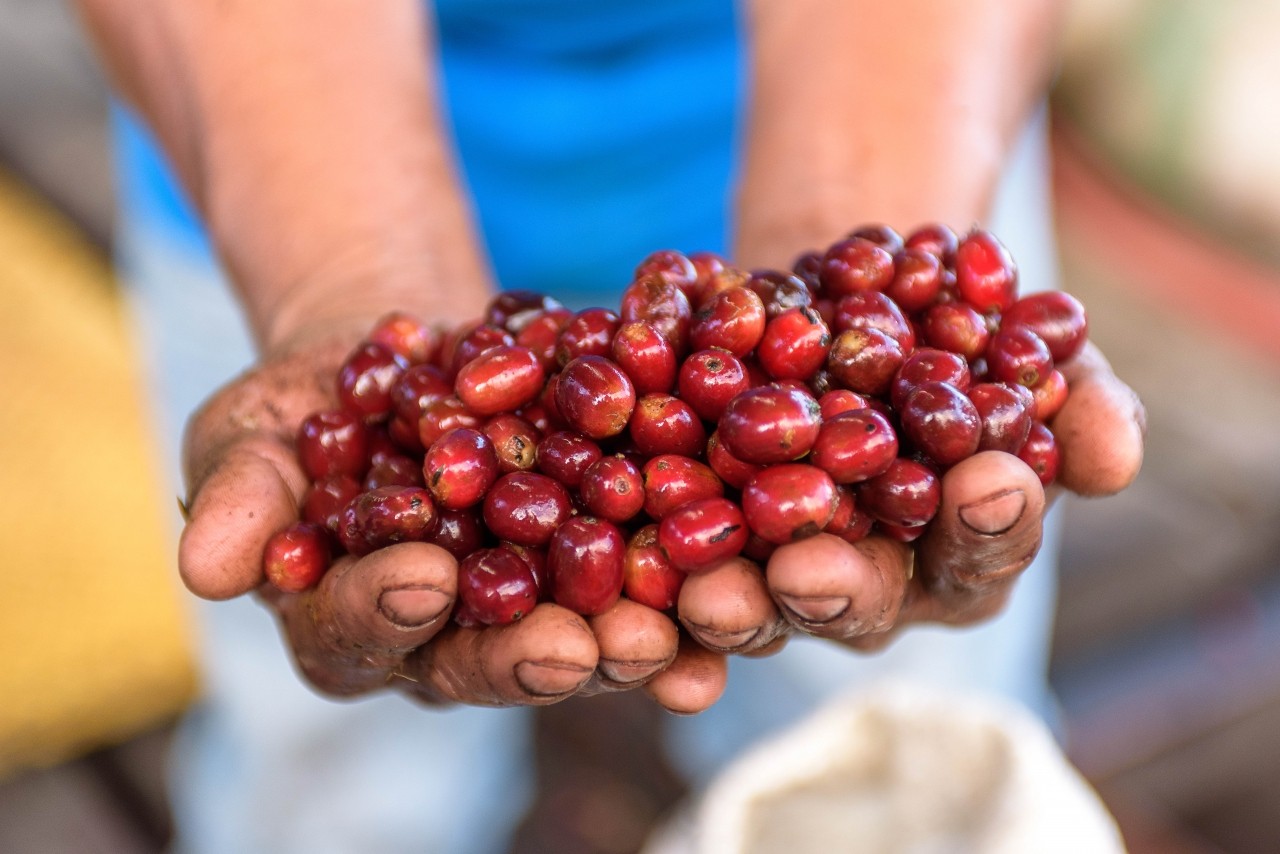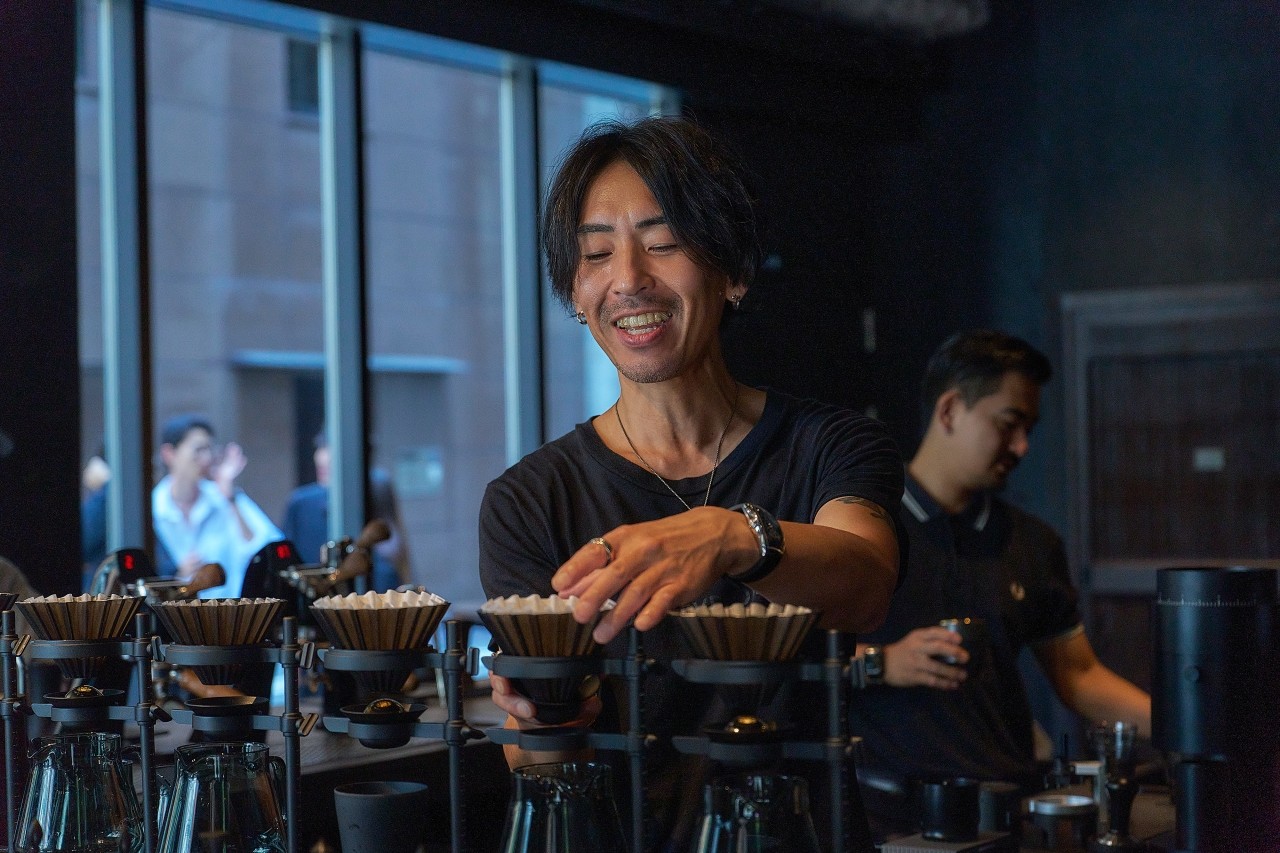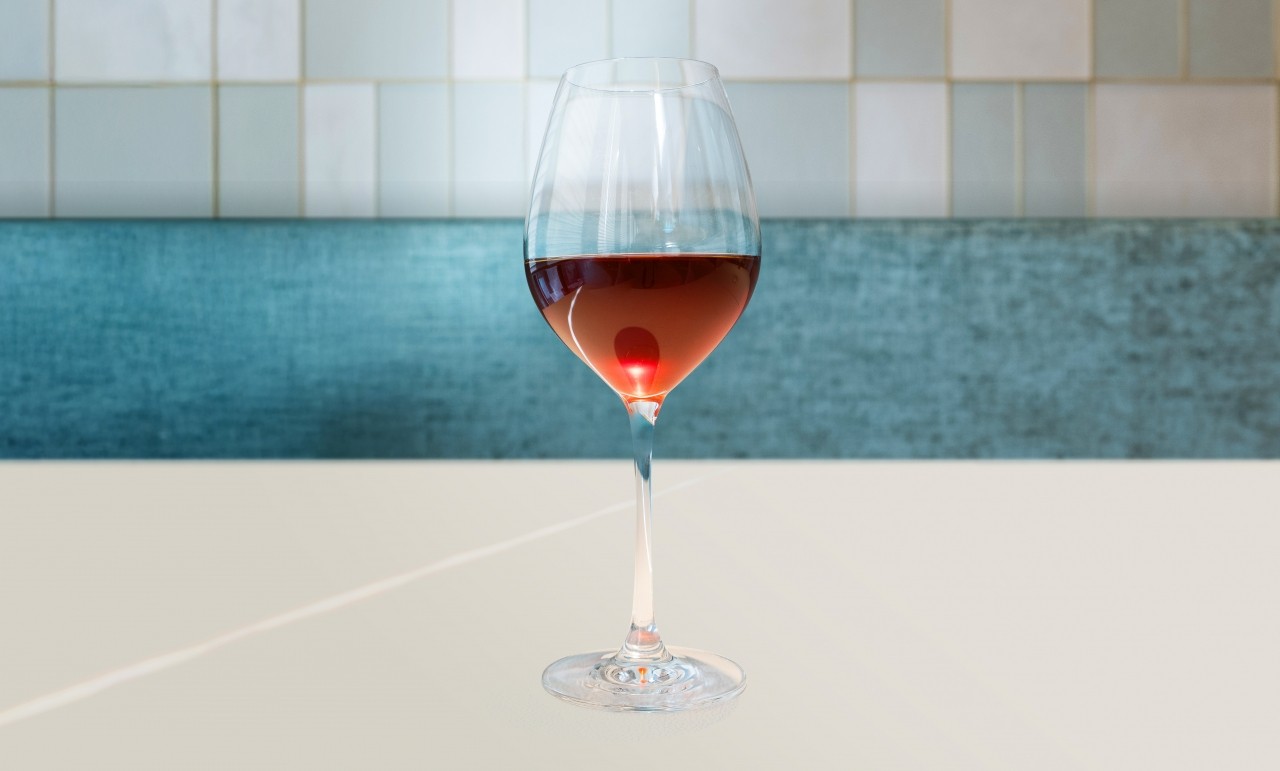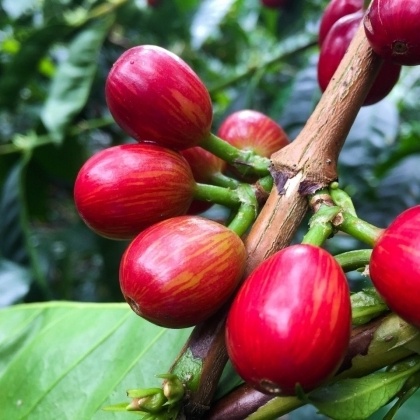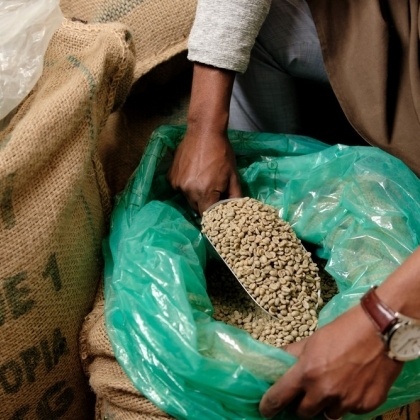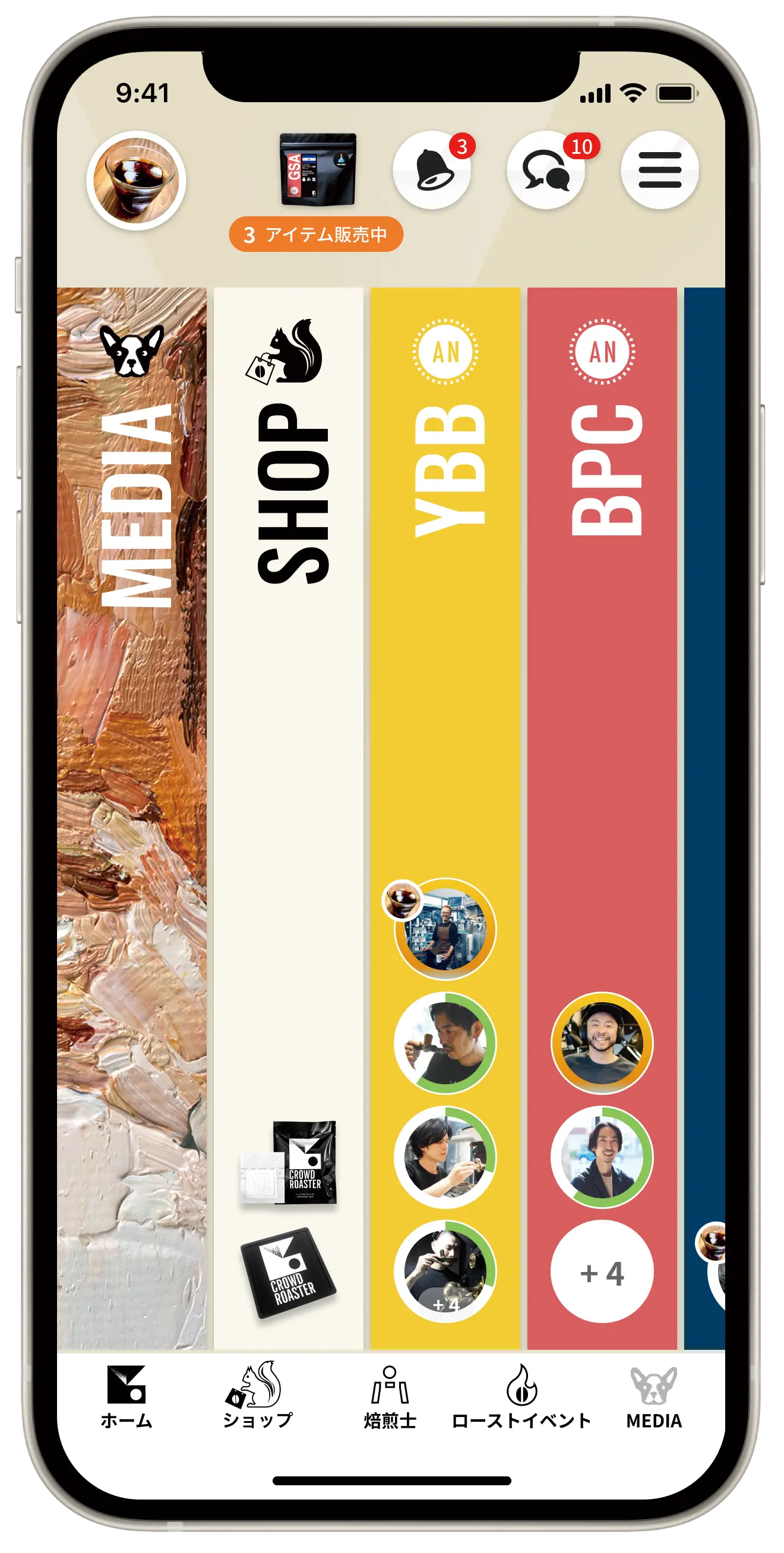How do you score coffee? Evaluation items in cupping
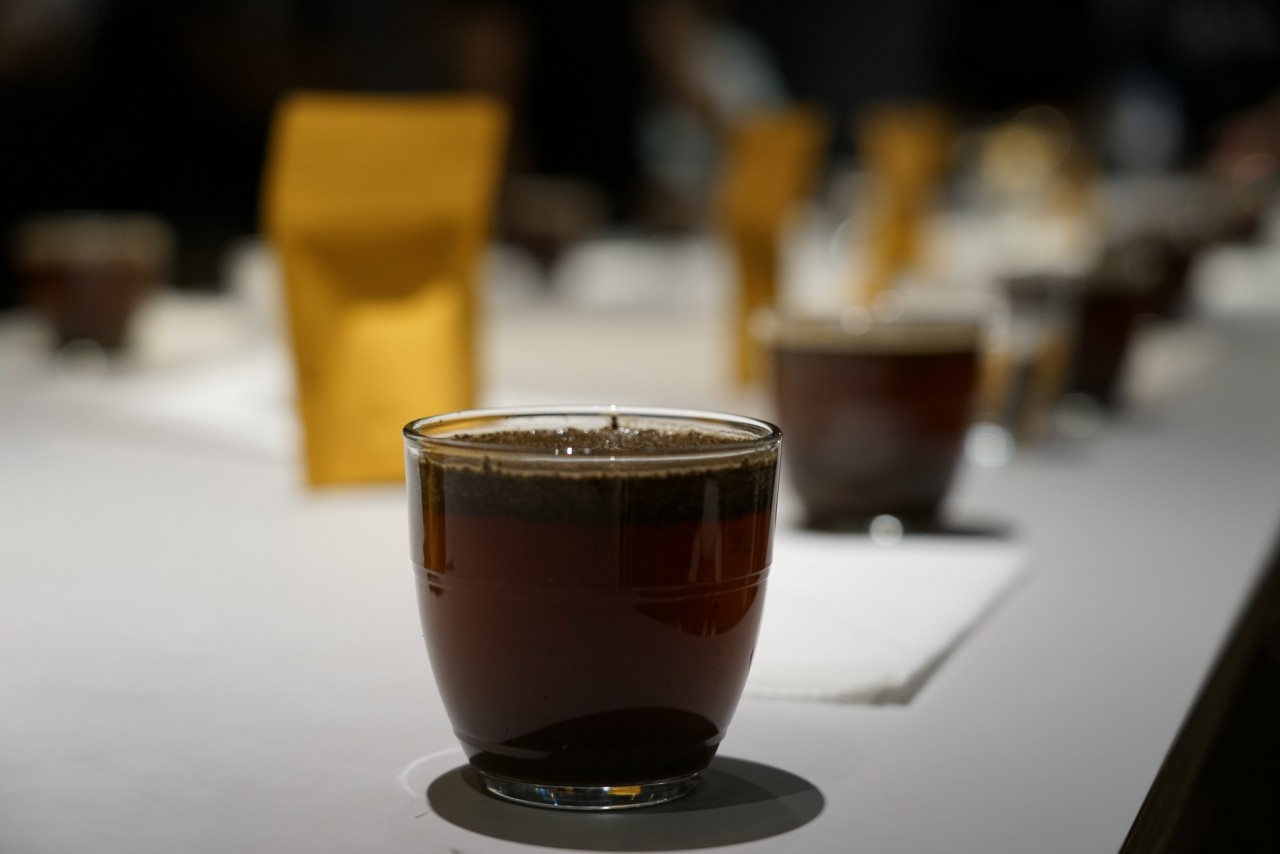
When it comes to specialty coffee, you may come across brands that have a score.
This score is objectively evaluated and scored through cupping.
In this article, we will explain the evaluation items and their contents using the COE (Cup of Excellence) cupping form, which is a typical cupping evaluation method, as an example.
What kind of coffee can receive high praise and win prizes at competitions?
COE 8 evaluation items and scores
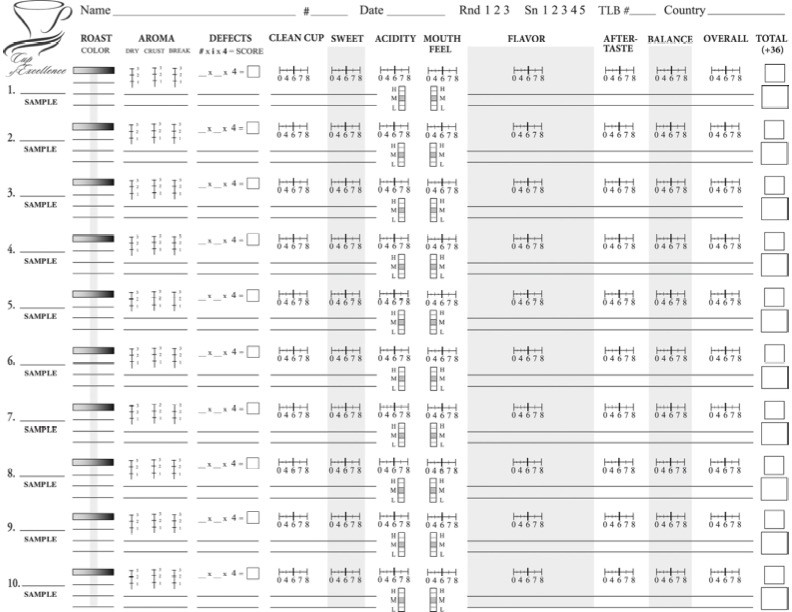
In the COE method, the evaluation is based on eight items ranging from "Clean Cup" to "Overall."
The COE cupping form (pictured above) has 8 evaluation items, each of which is worth 8 points, and this total of 64 points is added to the basic score of 36 for a total of 100 points.
A score of 80 or above is a specialty grade, a total of 84 points (average of 6 points for each item) is an exemplary specialty coffee, a score of 86 or above is COE level, and a score of 90 or above is a coffee of commendable quality.
These eight items are as follows. Although it is not a rule, the basic rule is that the evaluation should be done from top to bottom.
Clean Cup
A score of 80 or above is a specialty grade, a total of 84 points (average of 6 points for each item) is an exemplary specialty coffee, a score of 86 or above is COE level, and a score of 90 or above is a coffee of commendable quality.
These eight items are as follows. Although it is not a rule, the basic rule is that the evaluation should be done from top to bottom.
Clean Cup
Sweetness
Acidity
Mouthfeel
Flavor
Aftertaste
Balance
Overall
By the way, 6 points is the standard score for each item.
By the way, 6 points is the standard score for each item.
What is the content of each evaluation item?
Now let's look at each item in detail.
Clean Cup: Transparency
A clean cup is the basis for coffee evaluation, and is free of negative elements such as defects (phenols, mold, etc.) and dirt. Transparency is needed to highlight the characteristics of the coffee.
Sweetness:Sweetness
The coffee berries must be harvested at a high ripeness, and the impression of sweetness is created not only by the amount of sugar in the roasted beans, but also by the flavor.
Acidity: Sour quality
Acidity is also said to be the "brightness" of coffee. It is important to note that here we are required to evaluate the quality of the acid, and not quantitatively, such as the volume of the acid.
On the cupping form, two types are listed: a grid for acid strength and a bar for the actual score so that the strength and quality of the acid can be evaluated separately.
On the cupping form, two types are listed: a grid for acid strength and a bar for the actual score so that the strength and quality of the acid can be evaluated separately.
Mouthfeel: Texture
This is the tactile impression you get when you taste coffee. This item evaluates the viscosity, density, weight, and fineness that can be felt from a liquid, but it is not its strength or weakness that is evaluated, but its quality.
Mouthfeel, like Acidity, has two types of strength grids and an actual score bar so that you can evaluate its strength and quality separately. First, we separate the quantitative elements by marking them on a grid of strengths (High, Medium, Low), and then move on to evaluating the quality.
Mouthfeel, like Acidity, has two types of strength grids and an actual score bar so that you can evaluate its strength and quality separately. First, we separate the quantitative elements by marking them on a grid of strengths (High, Medium, Low), and then move on to evaluating the quality.
Flavor: Flavor
Flavor is a combination of taste and aroma, and in Japanese it is referred to as flavor, aroma, etc. This is an item that shows the characteristics of a good coffee (terroir = taste of the land, etc.), and one with clear characteristics is required.
Aftertaste: aftertaste, lingering sound
Evaluate whether the aftertaste after drinking the drink is free of unnecessary flavor and whether the aftertaste lasts for a long time. Even if the aftertaste is short, it will be appreciated if it is positive.
Balance: balance
This item evaluates whether there is harmony in the coffee and whether each of the previous evaluation items enhances each other. It is required that there are no outstanding features or deficiencies.
Overall: Overall evaluation
Items that evaluate impressions other than the previous evaluation items. This is an item that can reflect the coffee cupper's personal preferences.
The above are the evaluation items of the COE method cupping form.
The above are the evaluation items of the COE method cupping form.
If you look at it this way, you can see that a clean cup and high quality of sweetness and acidity are very important before the characteristics shown by flavor.
In addition, texture, lingering sound, and balance are also essential items for high evaluation.
Even if you don't do cupping, why not keep these evaluation items in mind when drinking brewed coffee?
You may be able to discover new aspects of the coffee you usually drink.
In future articles, I would like to dig deeper into how professionals score points using this cupping form.
2024.1.11
In addition, texture, lingering sound, and balance are also essential items for high evaluation.
Even if you don't do cupping, why not keep these evaluation items in mind when drinking brewed coffee?
You may be able to discover new aspects of the coffee you usually drink.
In future articles, I would like to dig deeper into how professionals score points using this cupping form.
2024.1.11
CROWD ROASTER
If you want to enjoy coffee more deeply
" CROWD ROASTER APP"
Manabu at CROWD ROASTER LOUNGE
・Push notifications for article updates・Full of original articles exclusive to CROWD ROASTER
・Direct links to detailed information about green beans and roasters
App-only features
- Choose green beans and roasters to create and participate in roasting events・CROWD ROASTER SHOP: Everything from beans to equipment is readily available
・GPS-linked coffee map function
